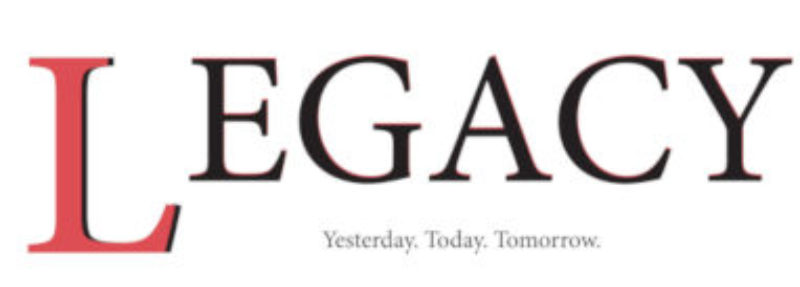By: Maria-Paula
Therapy combining a small implant with rehabilitation is giving stroke survivors renewed hope for regaining arm and hand function, even years after a stroke.
Sheltering Arms Institute, a non-profit partnership between Sheltering Arms and VCU Health, reports that it is integrating advanced technology, clinical expertise, and research to help patients achieve optimal recovery outcomes.
Debby Robertson, 76, who lost movement in her right arm after a 2023 stroke, and said her right hand was stuck in a fetal position and “was curled in on itself”, is among the first patients at Sheltering Arms Institute to benefit from the Vivistim Paired VNS System.
This is an FDA-approved vagus nerve stimulation device that helps the brain rewire itself when paired with occupational therapy.
The device, implanted under the chest skin with a lead wrapped around the vagus nerve in the neck, sends gentle pulses during therapy sessions. Each pulse strengthens brain connections as patients perform functional tasks like grasping or lifting. Robertson’s therapist, Dr. Michaela Torraca, OTD, OTR/L, said the technology offers new hope for patients who have plateaued in recovery.
“It’s one of the next steps in stroke rehabilitation,” Torraca said. “We’re seeing real improvements in upper-extremity use for daily activities like cooking, bathing, and driving.”
After her implant in January 2025, Robertson began six weeks of intensive therapy and now uses a handheld magnet at home to activate the device during exercises. She reports significant improvement: “I made soup last weekend and didn’t need help. Opening cans used to be impossible.”
Vivistim therapy is intended for stroke survivors at least six months post-stroke who retain minimal hand movement in at least two fingers.
Sheltering Arms Institute will host a Vivistim Therapy Screening Day on Thursday, November. 13, from 1–4 p.m. at its Hanover Outpatient Center (8226 Meadowbridge Rd.) for those interested in learning if they qualify.
Implant is meant to help stroke survivors regain function



